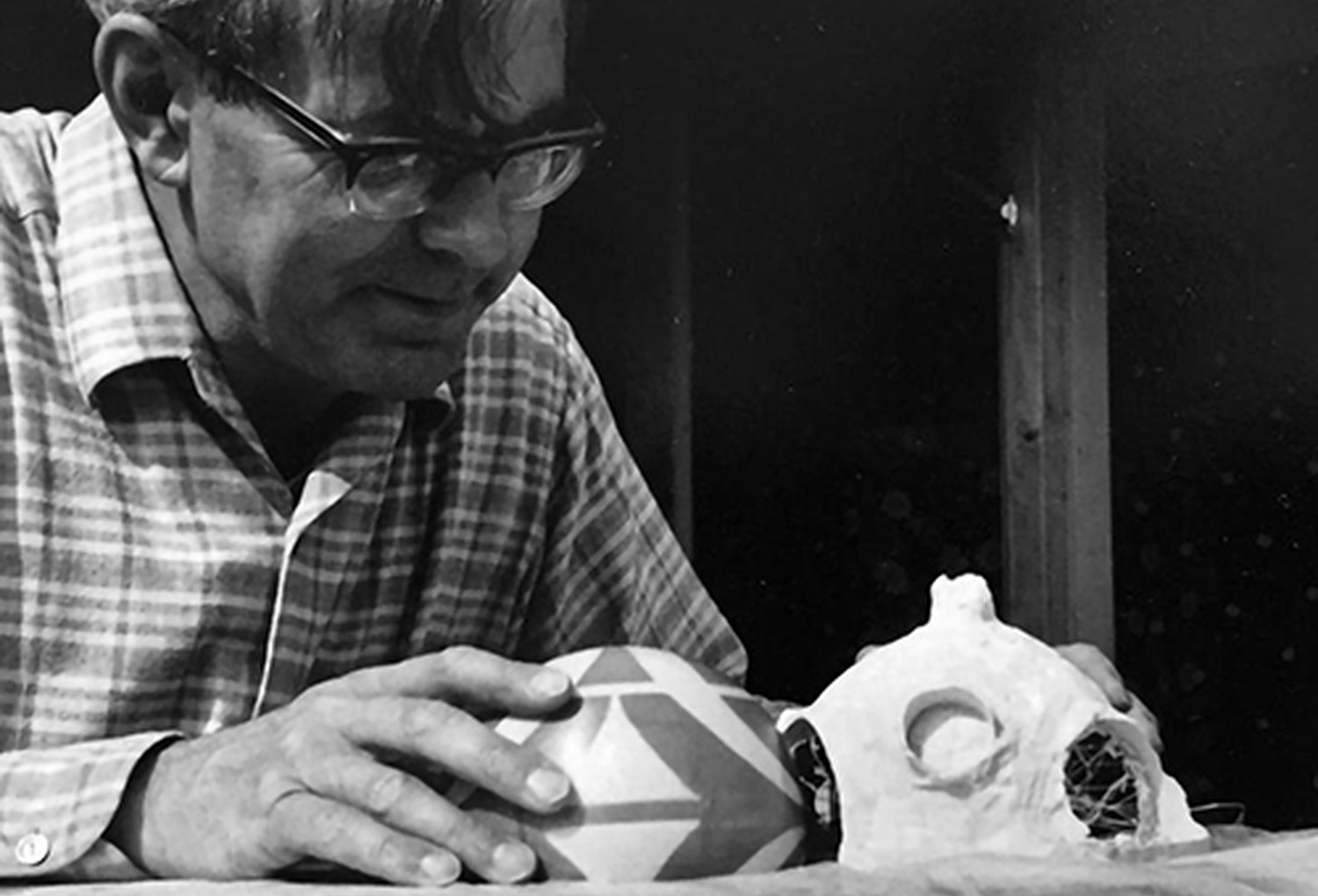Experimental Design in the Post-War Period: Heinz Isler‘s (1926–2009) Contribution in the Perspective of the History of Engineering and Culture
2018 -
Heinz Isler (1926–2009) is one of the internationally most renowned Swiss engineers of the second half of the twentieth century. He belonged
to that generation of civil engineers who, in the first post-war decades, played a decisive role in the design of technical and
infrastructural buildings, particularly at the interface between architecture and civil engineering. Isler left behind an extensive oeuvre,
and especially thanks to his thin concrete shells he contributed significantly to the development of engineering in the second half of the
century.
Isler’s work is based on experimental form-finding methods, and it developed consistently from three experimental principles that he had
already introduced in 1959: the pressure membrane, the hanging cloth and the freely shaped hill or the expansion form. He continuously
developed, tested and verified these principles using models at different scales, which must be considered as his central design tool. The
remarkable success of his concrete shells was possible under specific economic conditions over a period of around three decades: from the
end of the 1950s he succeeded in obtaining numerous orders, above all from Swiss industry, but the economy of thin concrete shells slumped
noticeably from the end of the 1970s onwards. It can be assumed that the economic conditions of the boom years after the Second World War
played a decisive role on his building production; when these changed, his dependent activity was doomed to also had to enter a crisis. In
addition, the question must be asked to what extent the perception of engineering structures apostrophised as “progressive” in general, and
of concrete as a building material in particular, changed in the course of the Oil Crises and the criticism of modernity from the 1970s
onwards, and to what extent this also explains the crisis of the “System Isler”.
The research project examines Isler’s work from an
interdisciplinary point of view and, for the first time, analyses it comprehensively from an engineering and cultural-historical
perspective. Based on Isler’s extensive bequest kept in the gta Archives at ETH Zurich, it examines the engineer’s contribution to building
production in the second half of the century and investigates the broad concept of experimentation on which his work is based and which made
his innovative contributions possible in the first place. In this way, new insights can be gained into internal and public discourses on the
design and construction processes of a time that still today shapes the face of the built environment significantly.
SNSF-Research Project:
Prof. Dr. Laurent Stalder, Prof. Dr. Joseph Schwartz
Research Team:
Rainer Schützeichel (Research Coordination), Giulia Boller, Egor Lykov, Matteo Lorenzini, Prof. Laurent Stalder, Prof. Joseph Schwartz,
Matthias Beckh, Thomas Hänsli, Mario Rinke
Project Partner:
Johann Kollegger, Matthias Ludwig, Aurelio Muttoni, Sigrid Adriaenssens, Toni Kotnik, Georg Vrachliotis
last modified 4.2.2020
